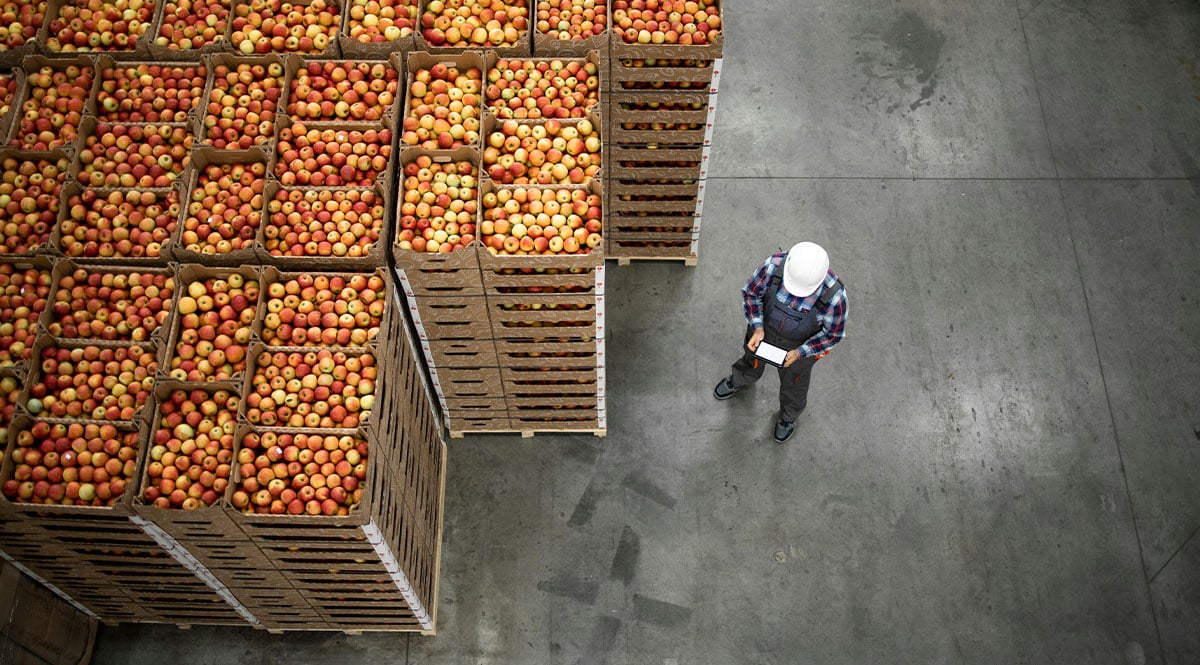How to implement a Quality Management System
The implementation step of the quality management system requires a lot of preparation, planning, resilience, and an inevitable change in your business’ daily routine, even more so for you who work in the FLV (fruit and vegetable) business.
Here on the blog, we’ve already talked about the 5 steps for the quality management of your business, now we will address one of the most critical steps of any new project: its implementation.
For an efficient Quality Management System (QMS) that provides effective results, it is necessary to have a routine, standardization, and everyone's involvement.
In order to make the QMS implementation path easier, we highlight the must-have steps for a successful implementation:
Involve everyone in your company in the process
Engagement is the key to success. Every employee in your company has a direct or indirect connection to the quality of your products or processes. Therefore, when starting the implementation of a Quality Management System, clear communication and constant training are essential.
Emphasize everyone's participation and instigate employee collaboration is important for the success of the project and to achieve continuous improvement and total quality.
Therefore, it’s critical that you dedicate time and attention to establish a Quality Culture, which is an important ally in this process.
Define the products and processes that have the most impact on your business
For companies that have a large product mix or many processes, implementing a QMS on all of them simultaneously can become a complex task. Therefore, in most cases, it will be necessary to select the products or product family that have the greatest impact on the company’s performance.
These are usually the products that represent the highest volume sold, or those that generate the most revenue. The tip here is to use the ABC Curve method.
Indicators, the translation of your products and processes’ quality
Now it’s time to determine which indicators are most important for monitoring your products and processes’ performance, for example:
- Products: conformity of raw materials, dimensions, finish, defects, packaging.
- Processes: raw material receipt, production, storage, shipping, and transportation, among others.
One of the priorities is to be careful not to exaggerate the number of indicators and their complexity and above all, the indicators must meet customer requirements and quality criteria.
Define the information collection method
How often will the indicators be collected? Frequent collection translates into results that are more reliable, but consequently, they cost more.
Will the collection be done manually or automated? Manual collection will require more employees, more man-hours, and the information won’t be available in real time, and might not follow the standard.
Automated collection facilitates the standardization and flow of information in real time, providing the process with greater agility and guaranteeing information that’s more secure.
And for this decision, the main arguments are within your own business:
- How big is your production or distribution?
- What level of information details is desired?
- How many employees are trained to perform quality control?
- Does your company want to improve and be recognized for its total quality?
The result of this analysis will allow you to make the most appropriate decision according to your company's reality and strategy.
Track your indicators
Now that the information is available, you need to determine the periodicity and the person responsible for monitoring the indicators and of course, the corrective actions to be taken when the indicators are outside acceptable limits.
For more efficient tracking, prefer systems with automatic updates and alerts of occurrences. This facilitates the tracking dynamics and allows the quality manager to track only cases that need his or her attention.
Maintenance and continuous improvement of the Quality Management System
After the implementation of the Quality Management System, it’s necessary to focus on improving products and processes, putting into practice improvement suggestions given by employees, customers, and the quality manager, in order to obtain increasingly efficient and processes and products with better quality.
And finally, the next step is to expand the QMS to the other products and processes, until all steps are being controlled and meet the desired requirements.
The implementation of a Quality Management System allows the organization, standardization, and efficiency of processes, reflecting in the quality of products, a reduction of operational costs, and the prevention of recalls, and as a result, customers who are even more satisfied and consequently, higher revenues for the company.
+Content
We have listed additional content that you will enjoy:
- Use Traceability to the Advantage of Food Quality Control



